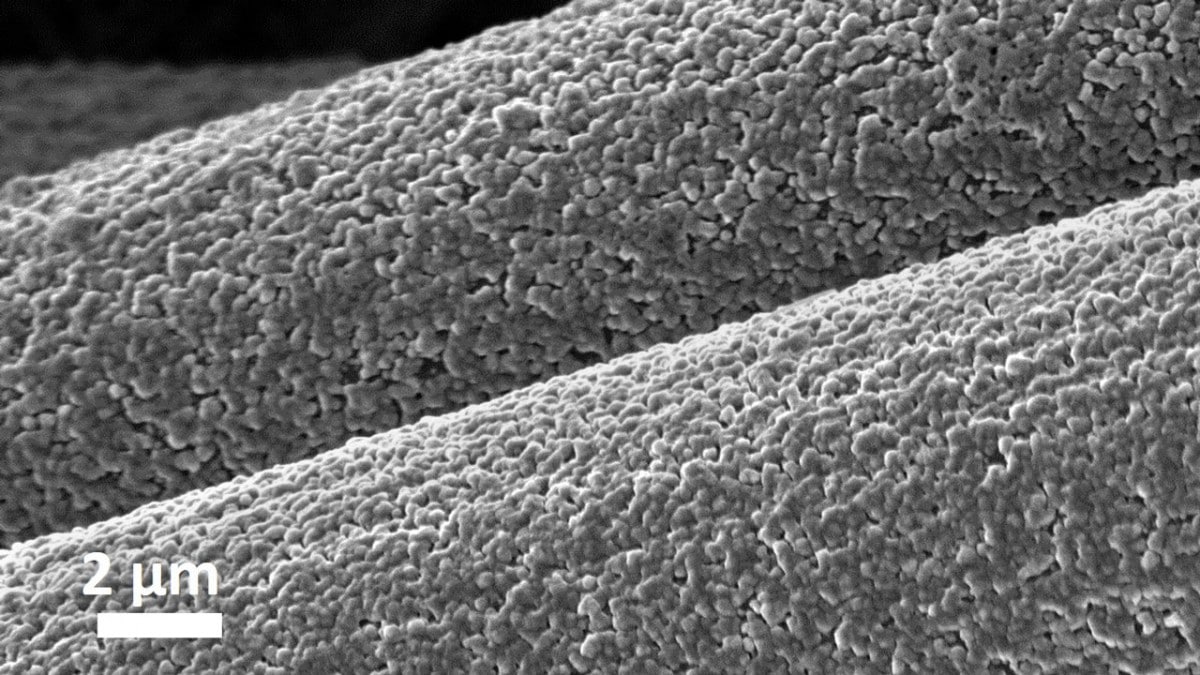With the potential for higher storage capacity than today’s commercial battery technologies, and reliance on cheaper, more abundant materials, aluminum-based batteries have long been attractive to scientists. Issues with shelf life and cyclability, however, have kept this from developing further into commercial interest.
The first months of 2021 have brought some encouraging developments with aluminum battery technology, with a collaboration between universities in China and the U.S. demonstrating a stable, superfast charging Al battery. And now scientists at Cornell University in the U.S. demonstrate further developments with this technology.
In their paper, Regulating electrodeposition morphology in high-capacity aluminium and zinc battery anodes using interfacial metal–substrate bonding, published in Nature Energy, the group led by Cornell demonstrates a battery with 99.8% reversibility over cycle times of more than 3,600 hours. “A very interesting feature of this battery is that only two elements are used for the anode and the cathode – aluminum and carbon – both of which are inexpensive and environmentally friendly,” said the paper’s lead author Jingxu Zheng. “They also have a very long cycle life.”
By using a three-dimensional rather than a planar architecture for the battery electrodes, the group was able more finely control the layering of aluminum as the battery cycles. “We use a chemical driving force to promote a uniform deposition of aluminum into the pores of the architecture,” Zheng explained. “The electrode is much thicker and it has much faster kinetics.”
Popular content
The group further noted that aluminum tends to react with the separator that divides the anode and cathode, causing the battery to fail, and incorporated a substrate of interwoven carbon fiber, which forms an even stronger bond with aluminum.
A similar approach could also be applied to other materials, the researchers say, and builds on its earlier work with zinc-based batteries. “Although superficially different from our earlier innovations for stabilizing zinc and lithium metal electrodes in batteries, the principle is the same,” says Cornell Professor of Engineering Lynden Archer. “Design substrates that provide a large thermodynamic driving force that promotes nucleation; and runaway, unsafe growth of the metal electrode is prevented by forces such as surface tension that can be massive at small scales.”
This content is protected by copyright and may not be reused. If you want to cooperate with us and would like to reuse some of our content, please contact: editors@pv-magazine.com.



By submitting this form you agree to pv magazine using your data for the purposes of publishing your comment.
Your personal data will only be disclosed or otherwise transmitted to third parties for the purposes of spam filtering or if this is necessary for technical maintenance of the website. Any other transfer to third parties will not take place unless this is justified on the basis of applicable data protection regulations or if pv magazine is legally obliged to do so.
You may revoke this consent at any time with effect for the future, in which case your personal data will be deleted immediately. Otherwise, your data will be deleted if pv magazine has processed your request or the purpose of data storage is fulfilled.
Further information on data privacy can be found in our Data Protection Policy.